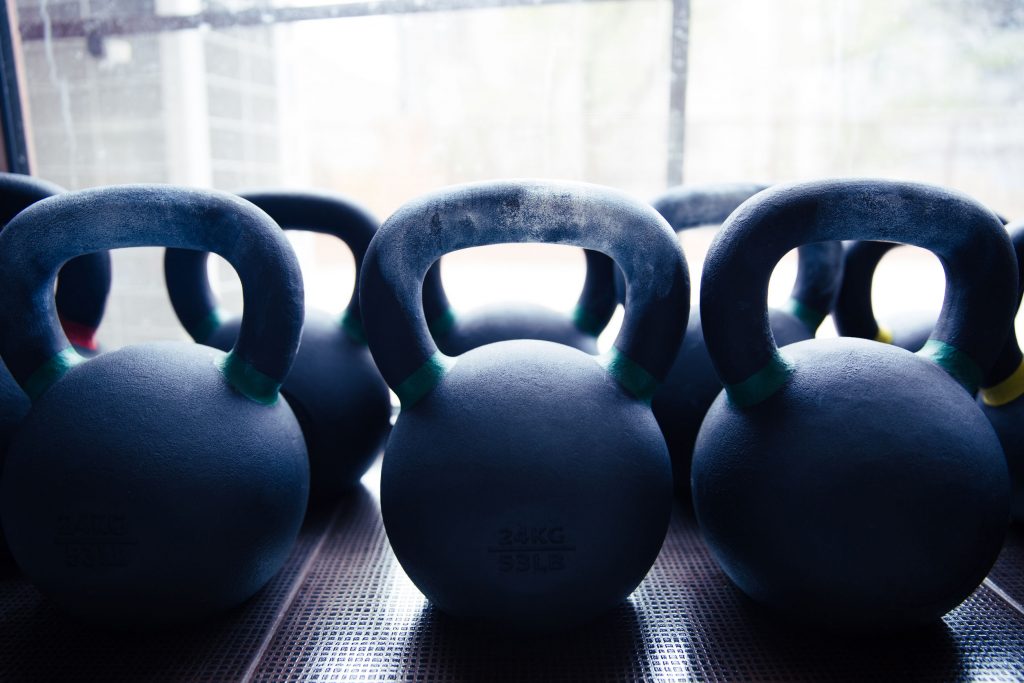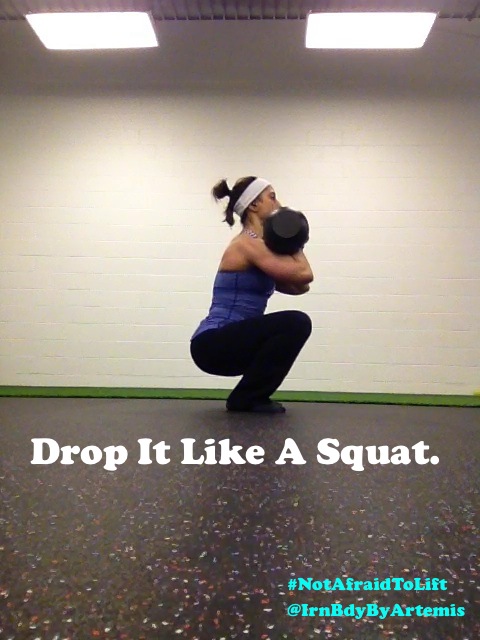Being a “good” coach and writing effective training programs isn’t about inserting the most demanding or most obnoxious looking exercises for your athletes & clients.
Peruse social media and you’ll inevitably come across any number of fit pros vying for everyone’s attention with elaborate looking exercises ranging from Quasi-isometric deadlifts vs. chains (from a deficit on one leg) to flag-holds with band abduction (think about it).1
I’m being facetious. But I’m not far off from being dead serious.
I’m lame, and could really care less about garnering “likes” by wooing people with circus acts.

When I watch some of the things coaches put up on their IG feed or YouTube channel I have to wonder if they think about the following:
1. What’s the likelihood that 3% of their audience can reproduce a modicum of what they’re viewing?
“Look at me, Weeeeeeeeeeeeeeee.”
2. How is said exercise going to help them?
I’m not trying to be a Johnny Raincloud here. I understand that, sometimes, people just want to do shit to do shit.
Great.
Do it.
There doesn’t always have to be a reason or rationale backed up by a Mel Siff quote.
However, too, I feel those who do have an audience and do pride themselves on sharing actionable content (and not just selfies) with the masses, share a responsibility to be practical – more often than not – with the content and information they’re relaying.
Just my two-cents.
Excuse me while I step off my soap-box.
On that note, lets talk about one of my favs.
2-KB Front Squat
I’m not the only coach who’s a fan of this squat variation. Others like Mike Robertson, Artemis Scantalides, Molly Galbraith, and pretty much every coach in the history of ever who’s been affiliated with StrongFirst or RKC certification are fans.
It’s one of my “go-to” squat variations that I use with athletes and general population clients alike for a variety of reasons:
1. It’s un-paralleled with how it helps people learn to appreciate FULL-body tension. The anterior placement of the load forces the core to fire like crazy and helps to promote ideal positioning of the torso:
- Less rib flair and more of a “canister” position where the pelvis and rib-cage are stacked on top of one another, in addition to the pelvic floor and diaphragm. The abdominals are called into action to resist an excessive arch.
As a result…
- A more upright torso comes to fruition which helps to offset excessive shearing of the spine. NOTE: this is NOT to insinuate a forward lean is wrong or “bad” when squatting, it’s not. In fact, it’s warranted and needs to happen. However, for a large chunk of people, especially in the beginning stages, it’s more “joint-friendly” to adopt an upright torso, accumulate reps there, and then progress to advanced variations where more forward lean enters the picture.
2. It’s a great way to load someone without crushing them.
To steal a train of thought from Artemis Scantalides:
“The double kettlebell front squat allows you to train a decreased load for the same physiological effect. So even though you are not squatting as much weight, because of the asymmetrical shape of the kettlebell, and the placement of the kettlebells in the rack position, you are able to maintain squat strength by training the double kettlebell front squat regularly.“

3. It humbles people. Even large humans who can seemingly squat Ohio will find this variation challenging. It doesn’t take much. Two, 24 kg bells will make many huddle in the corner sucking their thumb.
Below is a quick video I shot this AM which goes into slight detail on some of the components of the exercise, namely the set-up, how to transition the bells to the starting position, and basic cuing.
Hope it helps.


